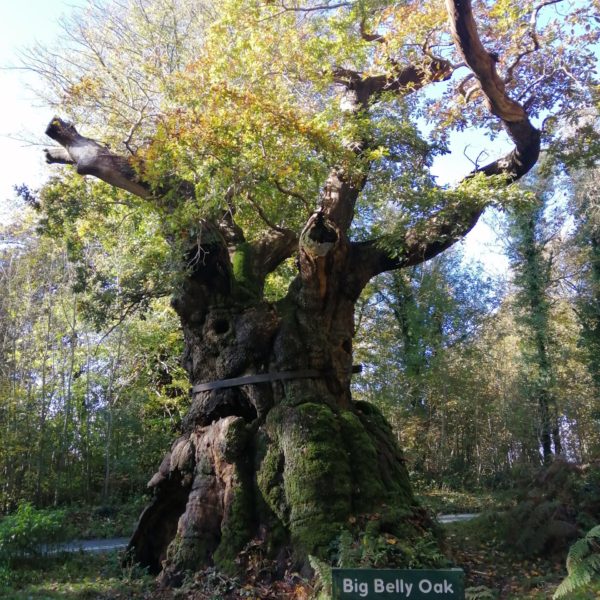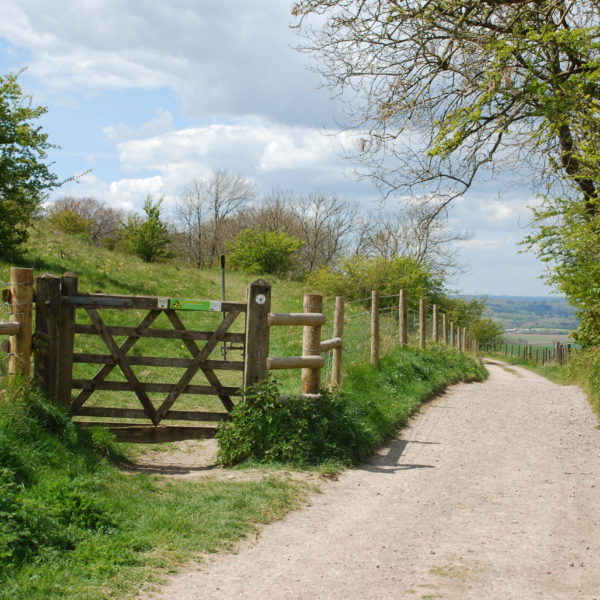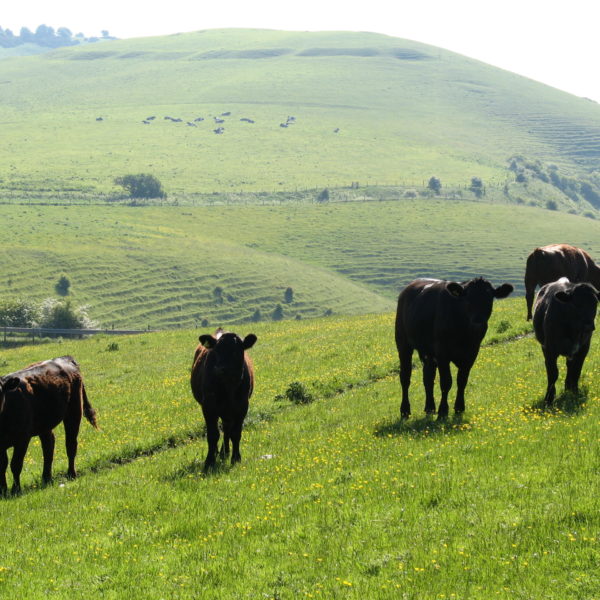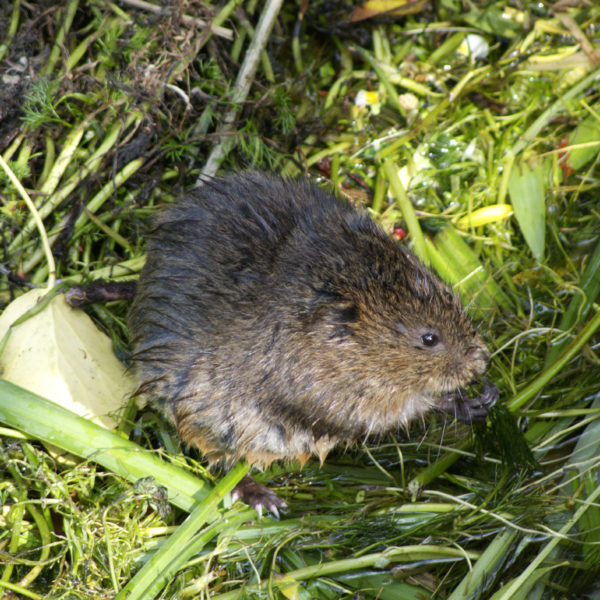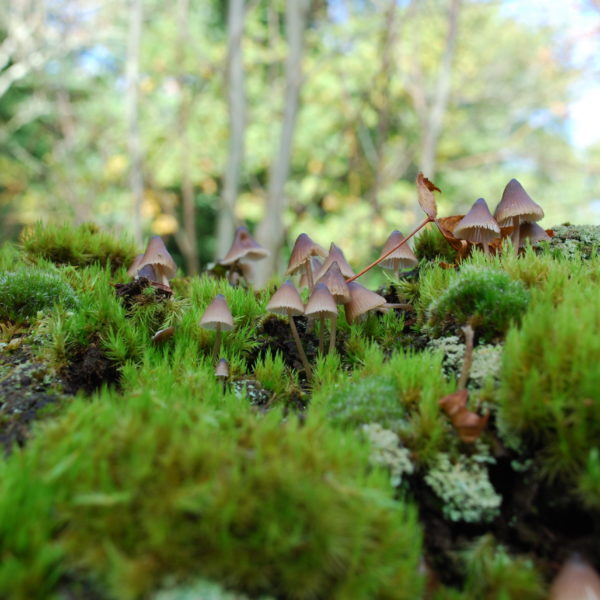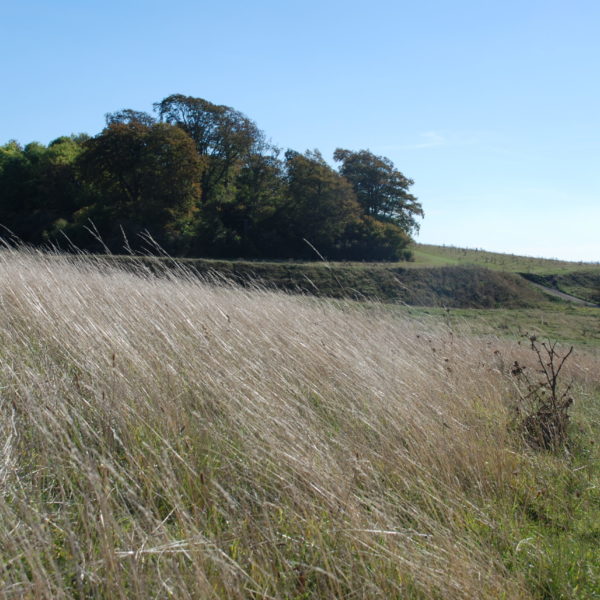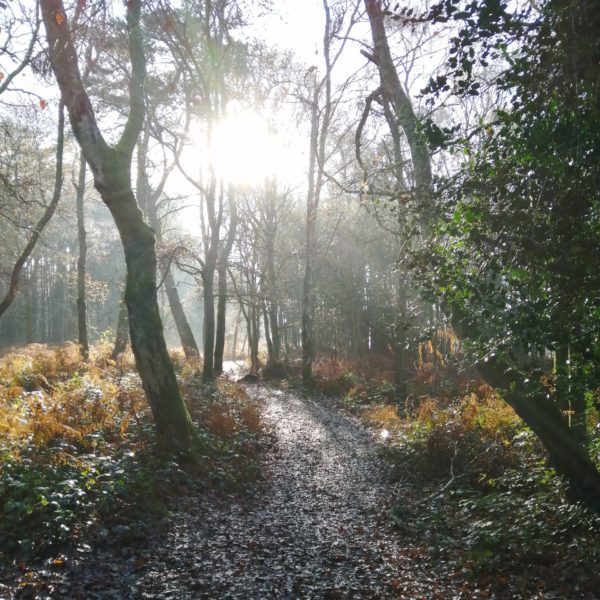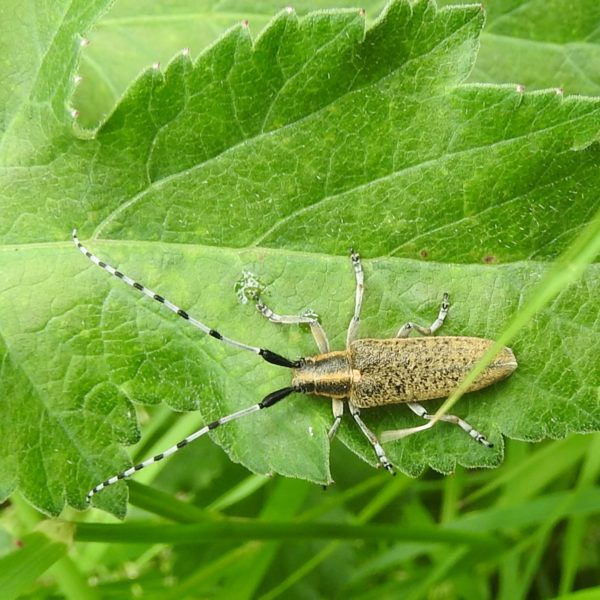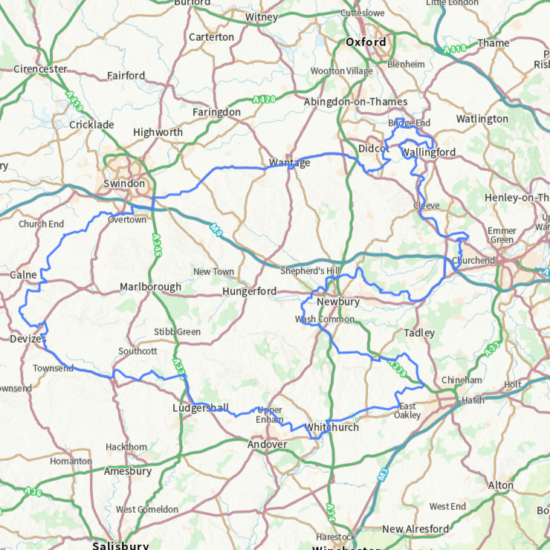The North Wessex Downs are bursting with wildlife and there are plenty of places for you to see nature at its very best.
Rare habitats such as chalk streams and chalk downland make the AONB a truly special place – and a haven for endangered species of birds, butterflies and wildflowers. Broadleaved woodland and wetland habitats also contribute to the great variety of wildlife here. We’ve picked out some of the very best places to enjoy wildlife in this landscape. Share your wildlife adventures with us using #northwessexdowns – and if you’ve got some of your own favourite places we would love to see them!
Savernake Forest
Managed by Forestry Commission.
This ancient, sprawling woodland, managed by the Forestry Commission, is believed to be over 1000 years old and a great place to see veteran trees and wildlife. Criss-crossed with tracks and paths there are numerous routes through the forest to choose from – for those on foot and those on wheels.
In amongst the more recent growth and plantations, there are around 2,600 ancient oaks and 2,400 ancient beech trees – many of them spectacular veterans including the famous ‘Big Bellied Oak’ found beside the A346 south of Cadley. Savernake is designated as a Site of Special Scientific Interest (SSSI), mainly due to the rare lichens and fungi often associated with ancient woodland, but visitors may see or hear some of the rich bird life too – such as hawfinch, cuckoo, bullfinch, sparrowhawk and nightingale – or spot butterflies such as Purple Emperor or White-letter Hairstreak.
With beautiful colours in the autumn and cool shade in the summer this is a great spot any time of the year.
There is lots of parking at Postern Hill as well as toilets and picnic areas. There is also a Forestry Commission campsite. You can get there by bus from Marlborough via Cadley.
Further InformationMorgans Hill
Managed by Wiltshire Wildlife Trust.
Lying between Devizes and Calne this fine stretch of chalk grassland offers incredible views of Cherhill Down and the plains of north Wiltshire. The reserve is designated as a Site of Special Scientific Interest for its orchids, butterflies and for the general quality of chalk grassland and wildflowers.
Morgans Hill is home to numerous wildflowers including early purple orchids and round-headed rampion, cowslips, primroses and violets and in summer wild thyme, horseshoe vetch, common rock rose and marsh helleborine. Where there are flowers, butterflies follow and you can find the Adonis, chalkhill, common and small blues. Further down the slopes look for the marsh fritillary – one of the UK’s most endangered species of butterfly, which feeds on devil’s-bit scabious. Birds found at the reserve include kestrel, buzzard, yellowhammer and skylark.
Spring and summer are the best seasons to visit this wildflower and butterfly haven.
Parking is available at the Smallgrain Picnic Site but unfortunately there is no bus service.
Further Information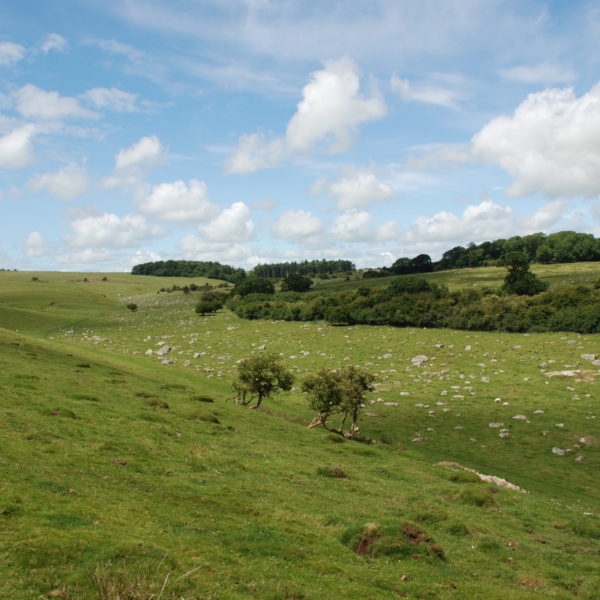
Fyfield Down
The grassland of Fyfield Down has a unique combination of geomorphological, biological and archaeological features.
Originally one of the country’s oldest National Nature Reserves, created in 1955, the site is a Site of Special Scientific Interest (SSSI) because of the landforms it contains and the wildlife it supports. The whole site is a Scheduled Ancient Monument, and its historical importance was recognised when it was made part of Avebury World Heritage Site.
Sarsen stones dominate the landscape of Fyfield Down and the stones of the reserve are home to rare lichen species. Thin strips of chalk grassland survive where the soil was eroded away by carts travelling between Avebury and Marlborough exposing the chalk and creating the conditions these grasses need.
In spring and summer, you can see wildflowers such as the round-headed rampion and frog orchid. The reserve supports a wide range of birds, including a breeding population of skylark, as well as large numbers of farmland birds such as lapwing, tree sparrow and stone curlew.
Route 45 of the Sustrans National Cycle Network crosses through the reserve, connecting Avebury and Marlborough. Bus services run from Swindon to Avebury and from Pewsey to Avebury, via Marlborough. You can’t drive to the site, but you can park in Avebury and Marlborough and enter the reserve on footpaths and other Public Rights of Way.
Pewsey Downs NNR
Lying on the southern edge of the Marlborough Downs this National Nature Reserve is situated on a steep south-facing slope and is one of the finest remaining areas of Wiltshire’s iconic chalk downland habitat. Famous for the Alton Barnes White Horse and stretching across three hills, views from the reserve stretch across the Vale of Pewsey all the way to Salisbury Plain.
The site is a Special Area of Conservation (SAC) for its orchid rich grassland and one of the few remaining sites where the internationally important early gentian can be found. Also part of the larger Pewsey Downs Site of Special Scientific Interest (SSSI), orchids like the burnt tip, lesser butterfly and frog orchid help support the butterflies for which the reserve is well known, including the internationally rare marsh fritillary, the adonis blue and the chalkhill blue.
Spring and summer are the best time of year for flowers and butterflies but the views are stunning any time of the year.
Bus services run to Alton Barnes from Devizes or Marlborough via Pewsey. A car park is situated on the road leading from Alton Barnes to Lockeridge.
Further InformationFreeman’s Marsh
Easily accessible from Hungerford town and train station, Freeman’s Marsh is an area of traditionally-managed grazing pasture along with a range of other habitats including marsh, reedbed and willow carr (marshy willow woodland). Along with the chalk stream of the River Dun winding gently through the site and the Kennet and Avon Canal dividing it, these combine to attract a rich and varied range of wildlife.
Colourful wetland wildflowers include yellow iris, southern marsh-orchid and marsh marigolds throughout spring and summer and there are records of over 120 different bird species including heron, kingfisher, little grebe and water rails. And if you are really, really lucky you might catch a glimpse of a water vole – the area is one of the last remaining strongholds of this endangered mammal.
Due to the abundant bird life there is year-round interest here – but it can get wet under-welly in winter.
Due to its proximity to Hungerford town centre, there is plenty of public transport options as well as car parking nearby.
Please check for seasonal restrictions asking you to keep dogs on leads between March and August as you enter the site.
Further InformationBucklebury Common
Owned and managed by Bucklebury Estate with support from BBOWT.
One of the largest commons in Berkshire and home to a rich variety of wildlife, Bucklebury Common is mainly broadleaved woodland of oak, ash and beech with younger areas of birch and large areas of heathland. There is also an avenue of oaks at Chapel Row which are over 400 years old – planted in the late 16th century to commemorate a visit by Queen Elizabeth I.
Bucklebury Common was one of many open, wild and windswept heaths up until the early 20th century when many commoners grazed sheep and cattle on the heather and cut gorse for fuel. When these practices stopped birch recolonised the area and the landscape changed. Today work is being undertaken to restore parts of the heathland by removing invasive bracken, birch and pine trees. This will allow rare and uncommon species such as the nightjar and woodlark to flourish. Crickets and grasshoppers, slow worms and adders also inhabit the common.
There is interest all year-round.
There are various carparks across the location and busses run to the common between Theale and Newbury.
Further InformationWittenham Clumps
Managed by Earth Trust.
On the north-eastern tip of the AONB the much-loved Wittenham Clumps are one of South Oxfordshire’s most iconic landmarks. Steeped in history and standing proudly beside the Thames the Clumps are made up of Round Hill and Castle Hill both crowned with beech trees.
The grasslands and wildflower meadows are managed through hay cutting and grazing with cattle; this regime creates the perfect conditions for wildflowers to thrive, in turn providing habitats for invertebrates, birds and other wildlife. Red kites are a regular sight in the skies above.
There is something to see year-round: listen for the spring birdsong, marvel at the busy bees and butterflies during the summer, admire the magnificent autumnal colours, or take in the wonderful wintry views.
There is a dedicated car park at the Clumps and bus services run to nearby Brightwell-cum-Sotwell.
Further InformationSnelsmore Common
Managed by BBOWT
Just north of Newbury on the very edge of the AONB lies Snelsmore Common which contains a range of habitats including heathland, wet mires and woodland making it home to nationally rare bird species including nightjar, woodlark and tree pipit.
Three types of heather can be found amongst the heath; ling, bell heather and cross leaved heath are in full flower in August and September. Other heath plants such as bilberry thrive here too. Areas of scattered gorse provide perching areas for stonechats and other scrub-loving birds. Mosses and lichens grow between the floor-covering plants. The wetter areas, known as mires, support sedges and rushes, as well as common cotton-grass, round-leaved sundew, bog asphodel and heath spotted orchids and dragonflies.
On brash and log piles, you might see adders basking in the sun. (Give them plenty of space from both dogs and humans. Adders will bite if they feel threatened. They are venomous and medical help should be sought immediately.) You may also see grass snake, common lizard and slow-worm, and the large pond supports a breeding population of palmate newts. The broad-leaved woodlands contain mainly oak and birch but sweet chestnut, beech, hazel and willow are common. Winter parties of long-tailed tits feed on the newly-forming buds of the trees, and they are often accompanied by goldcrests, great tits and blue tits. In spring, the woodland floor is covered with bluebells and you may be lucky to hear woodlarks singing across the heath. Due to all this variety Snelsmore is a great location to visit all year round. There is a large car park and a wheelchair/buggy-friendly path. There is a bus service to Snelsmore from Newbury Wharf.
Further InformationLetcombe Valley
Managed by BBOWT
Situated at the northern edge of the AONB, the Letcombe brook is a rare and precious habitat. One of only two chalk streams in the whole of Oxfordshire the clear waters are home to unusual and interesting wildlife including water vole and fish such as bullhead, brown trout and brook lamprey.
The site is home to kingfishers – spot them hunting across the water flashing blue while streamside, heron and little egret can be seen prowling the shallows. At dusk, you can see Daubenton’s bats swooping low across the lake feeding on insects at the water’s surface. Small remnants of ancient woodland include old coppice stools around which wildflowers, such as bluebell, wood millet, common dog-violet and wood avens, grow.
March to August is the best time to visit and there is a self-guided nature trail you can follow. There are some surfaced paths.
There are busses available to Letcombe Regis from various locations. Letcombe Regis is also the location for parking if you travel by car.
Further InformationBeacon Hill
One of the best know hillforts in England, this was a site for one of the beacons that formed a network across Hampshire. The ditch and banks are still prominent and well preserved, but the grassland that covers this historic site is species-rich chalk downland, having been maintained by centuries of sheep grazing – apparent from its ‘stepped’ appearance.
The chalk grassland supports a variety of wildflowers, such as rock rose, wild thyme, kidney vetch and clustered bellflower. These delightful plants support a diversity of insects – one species of interest being the two-coloured mason-bee, one of the first solitary bees to appear in spring and which nests in empty snail shells. The site is also important for its stands of juniper. Skylarks and meadow-pipits can be seen and heard – though these are easily disturbed by dogs. The north-west flank of the hill can be a good place to see ring ouzels as they migrate northwards. On top of the Beacon look out for soaring red kites, treating you to their aerobatic displays.
Visit all year round, but in early summer the chalk grassland flowers are at their best – you might see common -spotted orchids and the skylarks will be singing. The site is best accessed from Burghclere or Kingsclere directions and once you have crossed over the A34 you will find a carpark and picnic tables. (Note – there can be large potholes in the car park hidden by puddles.)
Further InformationSearch Nature & Wildlife spots in the North Wessex Downs Area of Outstanding Natural Beauty
Pewsey Downs NNR, Ann Shepley; Freemans Marsh water vole, Tony Bartlett; Fungi, Ann Shepley; Wittenham Clumps, Ann Shepley;
Snelsmore Common, Ann Shepley; Long-horn beetle, J Akam; Beacon Hill, David Hall

